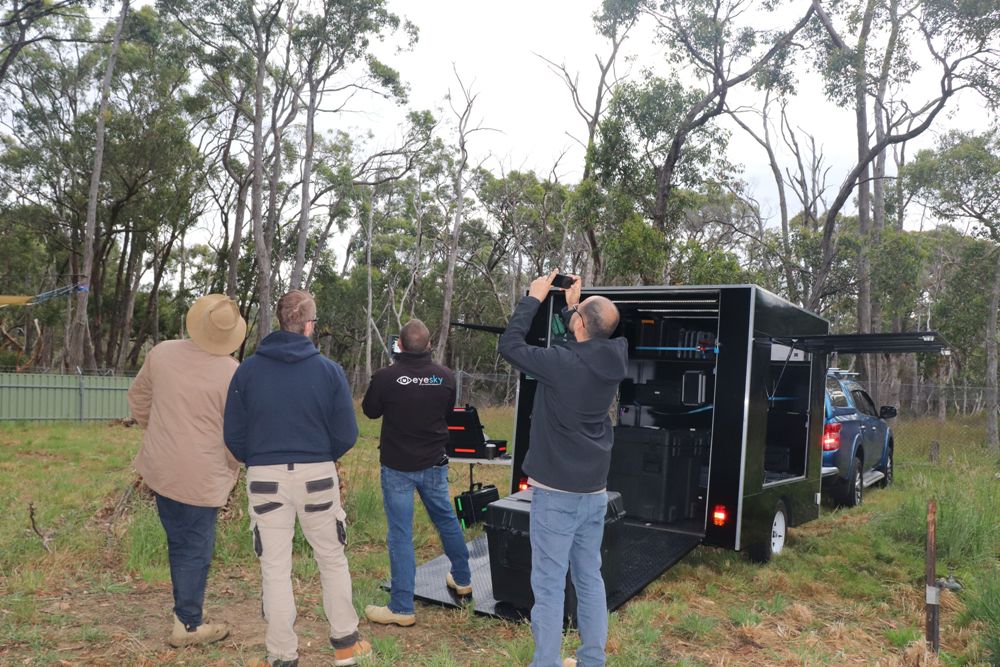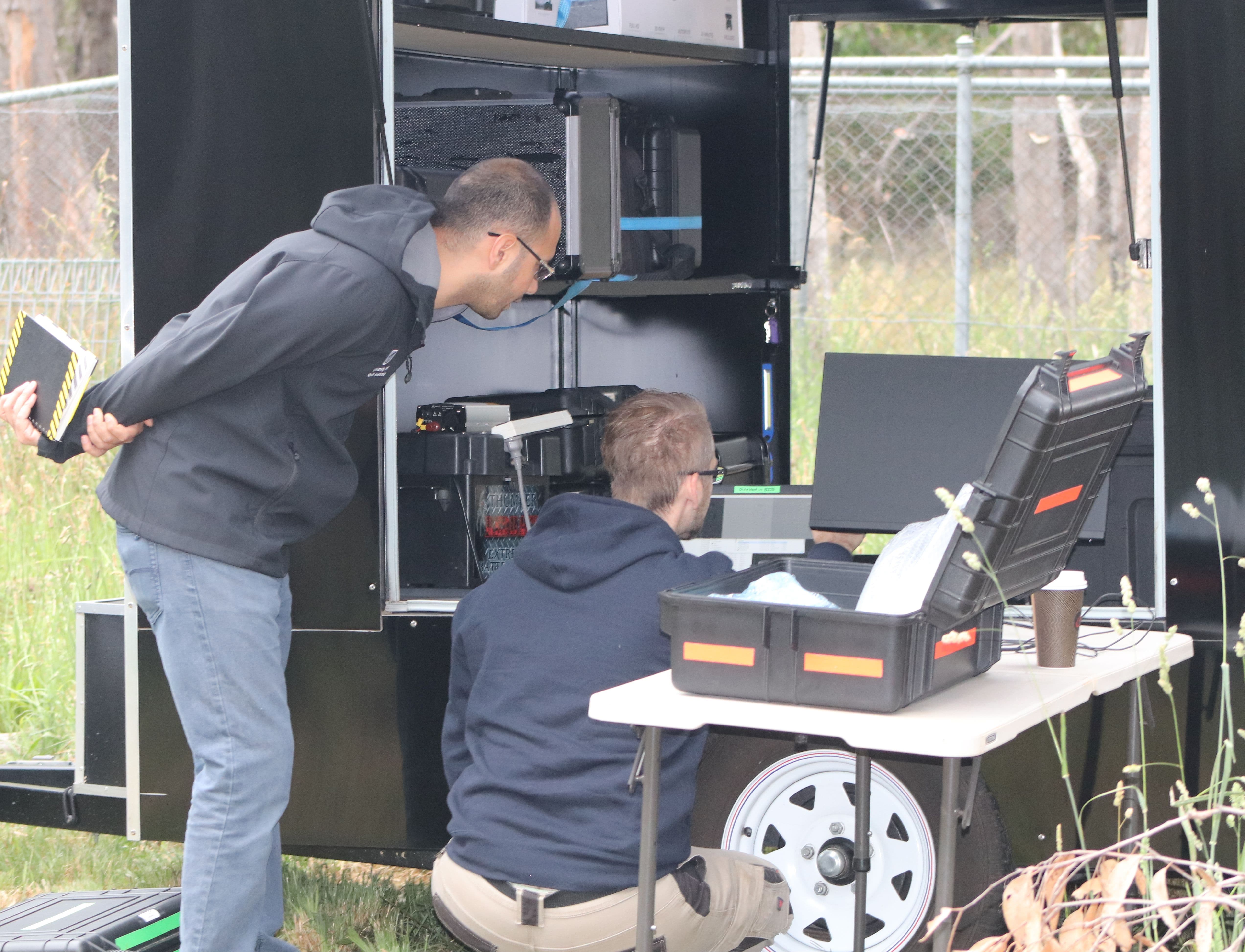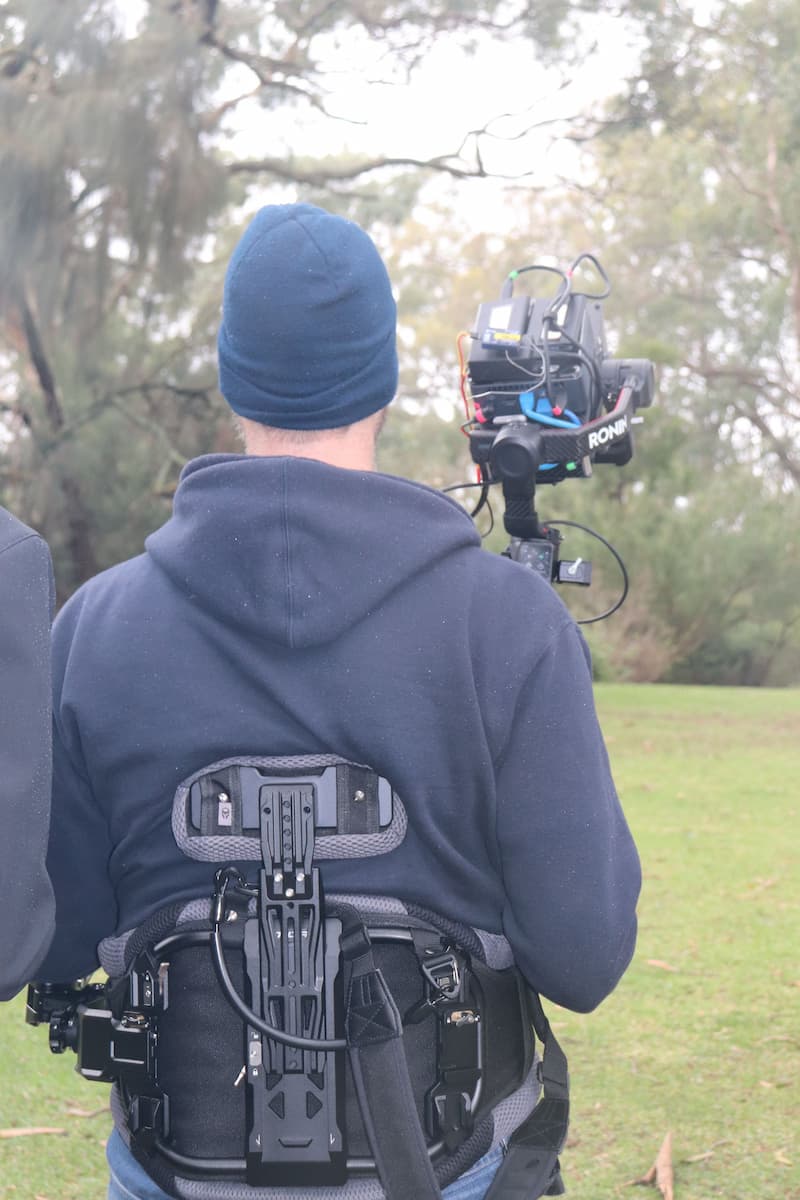Future proofing SA bluegum plantations through early detection and improved management processes related to wildlife
Lead Researcher: Associate Professor Delene Weber
The Project
The project provided a systematic evaluation of traditional methods and emerging technologies for detecting wildlife in blue gum plantations. Results of the evaluation were used to develop and further test the successful technology.
The aim is to reduce total wildlife incidents and time spent managing incidents. A rigorous evidence base will strengthen social licence to operate, safeguard environmental certification, and improve OWHS.
Our Research Approach
After systematic evaluation of multiple methods, a decision was made to focus on long-wave infrared (LWIR) imagery (phase 1). An object detection algorithm was then developed. This system was inspired by the insect vision system, and can effectively suppress clutter and enhance infrared images of low contrast, highly occluded wildlife in a forest environment was developed (Phase 2).
The data was compared to 16 cutting edge infrared detection techniques, which represent 10 spatially based techniques, four neural based technique and two other bio-inspired techniques. Additionally, the techniques were evaluated using a publicly available dataset of single images containing other small objects, as well as a LWIR sequences recorded using a drone hovering with the purpose of detecting other drones flying at long ranges in Woomera. Simulations were developed for testing and down-sampling was used to make the task more challenging (Phase 3). While field testing was conducted before and after phase 3, and phase 3 was not an initial part of the project, the restrictions caused by Covid19 limited out of state travel so this additional method provided an alternative way to test the effectiveness of BioVis, the insect-inspired
technique that formed the basis of refining a new wildlife detection method (MTBIVLS).
For the first field trial three datasets were recorded from two sites and a ground truthed dataset was created and during the trial, eight expert wildlife a spotters were used to identify the location of any wildlife. Results were analysed using real data and simulations.
The results showed that the BioVis technique was able to detect low contrast and weak heat signatures in highly cluttered environments, such as forests, more effectively than the best current detection systems.

Project researchers collecting data in the field

Our Findings
Fourteen existing detection techniques were compared to the novel bio-inspired system MTBIVLS using three LWIR data sets containing wildlife in bluegum plantations. They were also evaluated using simulation data and with use of two other data sets. Most of these techniques have been widely used to detect objects where there is low contrast between objects and their backgrounds. The average detection probability of the MOBIVLS technique facilitated a 20.5% improvement in detection over the second best method and a 27% increase in object detectability over the third best method.
It was found that stems and canopy can significantly impact detection, with 40% of images suggesting the wildlife was fully occluded. All analysis confirmed the superiority of this technique over alternative detection methods. Further analysis based on the summer trials is presented in the final report. This also includes detailed discussion of the results, evaluation of the groundbased system and recommendations for future research.
What is the Future of R&D for Improved Detection of Wildlife?
Technology
Further development and testing of the solution is required to optimise it for wildlife detection, by enabling the provision of real-time wildlife position data to foresters.
Once an optimised technology “package” has been developed, wildlife detection will likely need to be outsourced to an external company due to the highly technical nature of the solution.
Beyond that, there is potential for full automation of the solution, whereby the technology is integrated into harvesting machinery and “wildlife detection” is no longer a task performed separate to harvesting, but carried out continuously.
OHSW
Increased accuracy and precision of wildlife detection using drones can reduce the number of spotters needed in an operation, thus minimising the OHWS risks to forestry employees. The use of this technology as an alternative to the current methods may need to be approved by the Conservation Regulator, hence a strong evidence base is required.

Our team
Researchers: Delene Weber, Morgan Schebella, Jim O'Hehir, Anthony Finn, Russell Brinkworth, Liath Al-Shimaysawee, Aaron Melville-Smith. Stefan Peters, Desley Whisson (Deakin University), Braden Jenkin (Sylva Systems Pty Ltd).
Collaborators: PF Olsen, Australian Bluegum Plantations, Midway Limited, South west Fibres Pty Ltd, SFM, GPFL
Contact information
Dr Jim O’Hehir
General Manager: Forest Research Mount Gambier
Ph: +61 8 830 28997
E: Jim.O'Hehir@unisa.edu.au
Michele Cranage
Administrative Officer
Ph: +61 8 830 28902
E: Michele.Cranage@unisa.edu.au



